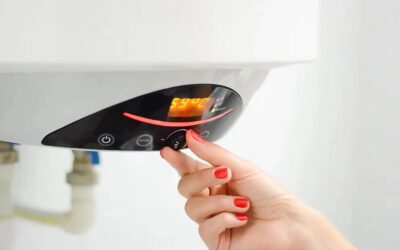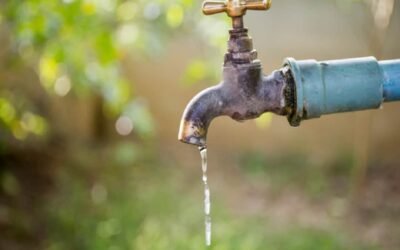The temperatures will fluctuate all over the winter months. Still, the forecast is for colder weather to hit the majority of Ottawa in early and later winter.
As you get ready for winter, be sure to remember your plumbing. Because it’s “out of sight, out of mind,” losing access to flowing water due to frozen pipes is a severe problem that can avoid with careful planning. And even more importantly, if an unfrozen line explodes and leaks water, it could cause damage to your house. Every pipe is susceptible to freezing. Even tiny cracks can release several hundred gallons of water, damaging furniture, your home, and the property. Damage from water can result in thousands of dollars and mold growth. Older houses are in greater danger.
Before winter, you should prepare your plumbing for the weather, starting by removing outdoor hoses. Then shutting off and draining the exterior water lines as they are the most susceptible to freezing. After the outdoor lines, pipes located in areas that aren’t heated or well-insulated such as attics, garages, crawlspaces, and basements, are at risk. Therefore, you should consider insulating your pipes in these locations. Lines must be thoroughly clean before insulation, and the ends and seams of insulation should get secured by duct tape. The cheapest foam or rubber pipe sleeves may be found in various hardware stores and are simple to install. If you have pipes susceptible to freezing and thawing, you must consult a plumbing professional.
It is also essential to search for places where drafts may enter or transfer heat away from your home. It would help if you also protected them, especially around windows and doors. Weatherization materials are readily accessible and cost-effective. Also, you should be familiar with the exact location of your main water valve. It should be close to the water service line that connects to your home, usually in the basement or garage.
As winter approaches, keep your temperature at or below 21 degrees Celsius. Keep the doors of your home open so that heat can circulate throughout your house, and keep doors closed to uninsulated or heated areas such as garages or basements, closed. Keep doors to exteriors closed and sealed. If temperatures are shallow, make sure you open the cabinet doors in kitchens or bathrooms to allow warmth to flow around the walls and pipes which contain pipes. It is also possible to extend your lines to let a drop of water flow through the pipes; however, you’ll be accountable for any additional costs unless directed by the local utility.
If the line isn’t yet ruptured, you can consider a few alternatives. They’ve likely frozen if you have poor water pressure, no water pressure at all, or if your pipes are freezing and flooding. If you notice flooding, turn off the water to the main valve inside your home and call the plumber.
When all home’s water fixtures aren’t working, pipes are likely frozen, and a tube is probably too close to where the main enters the house. Make use of your fixtures to identify the location of the frozen pipes. If fixtures in one area, such as the bathroom, are not functioning, the line gets fixed. It brings probably located in a spill from the main. However, when all the fixtures on the floor don’t work and the pipe is frozen, it is probably near the point where lines divide between bases.
Look around the frozen pipes to determine if you discover a warmer location than the others or get covered in condensation. After locating the snowy area, let it let the pipe thaw from the nearest spigot to the obstruction. It will lower the chance of a pipe burst. Unlock the pin closest to alleviate pressure on the water. You can then employ a hair dryer, heated towel or heat lamp, hot water bottle, or heating pad to warm the pipe. It can take time and should not be done with an open flame to heat pipes since it can be an encroachment on your home and could cause a fire.
Contact us at (613) 317-1682 or email us at info@ottawaplumbingservice.com to learn how Ottawa Plumbing Service can help give you peace of mind this winter.



